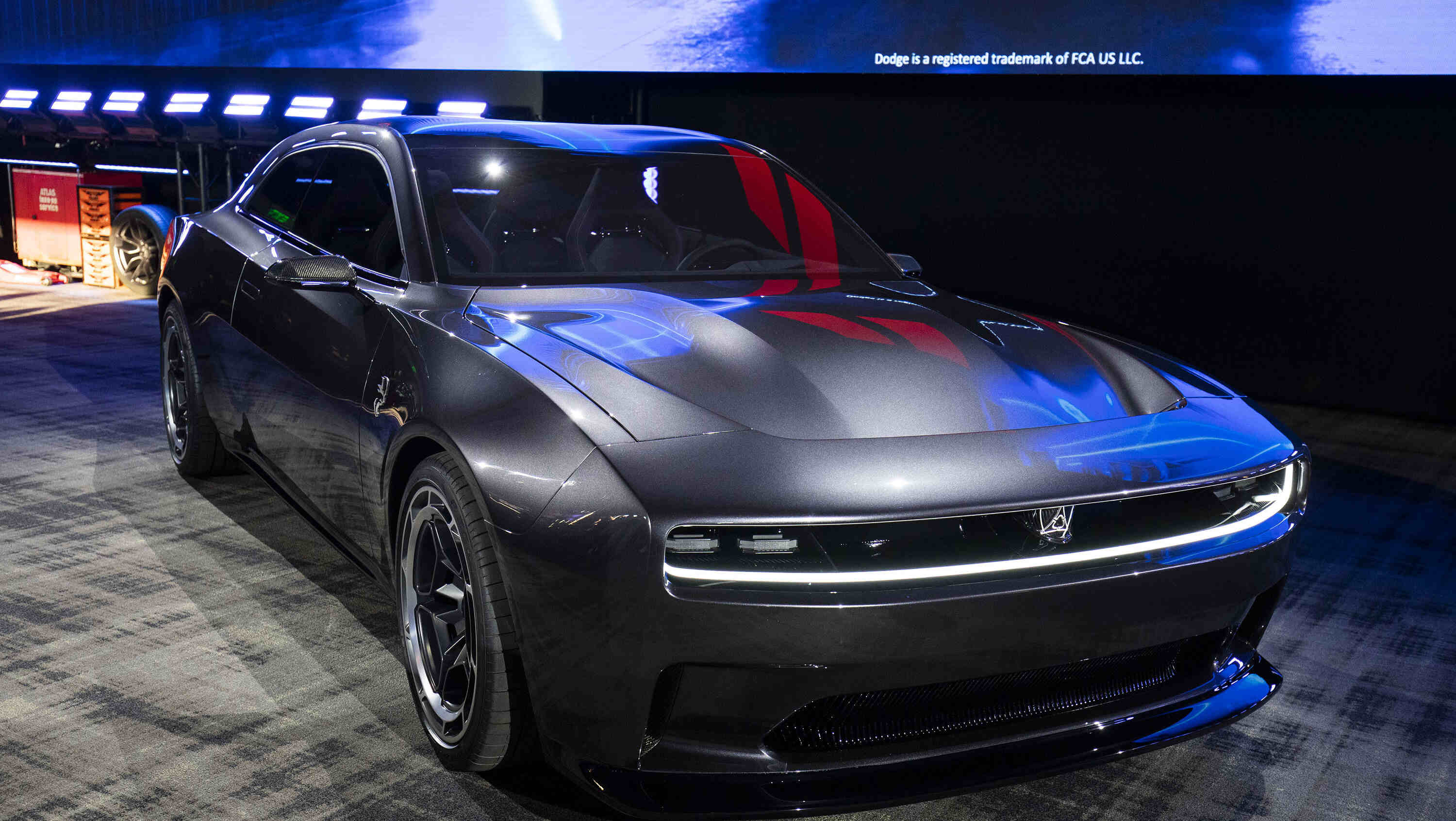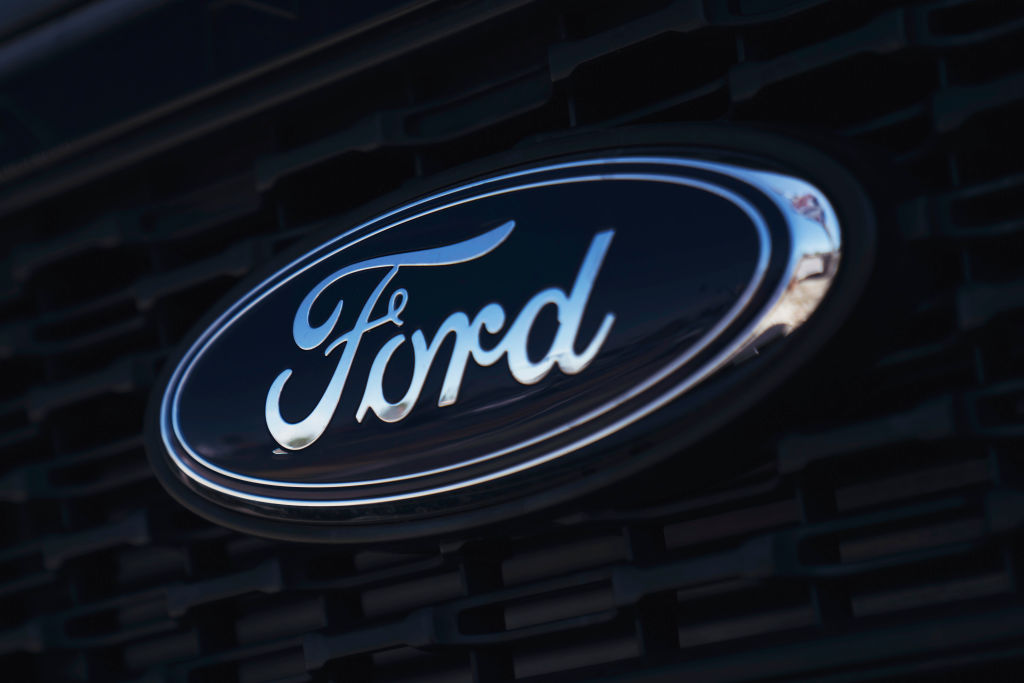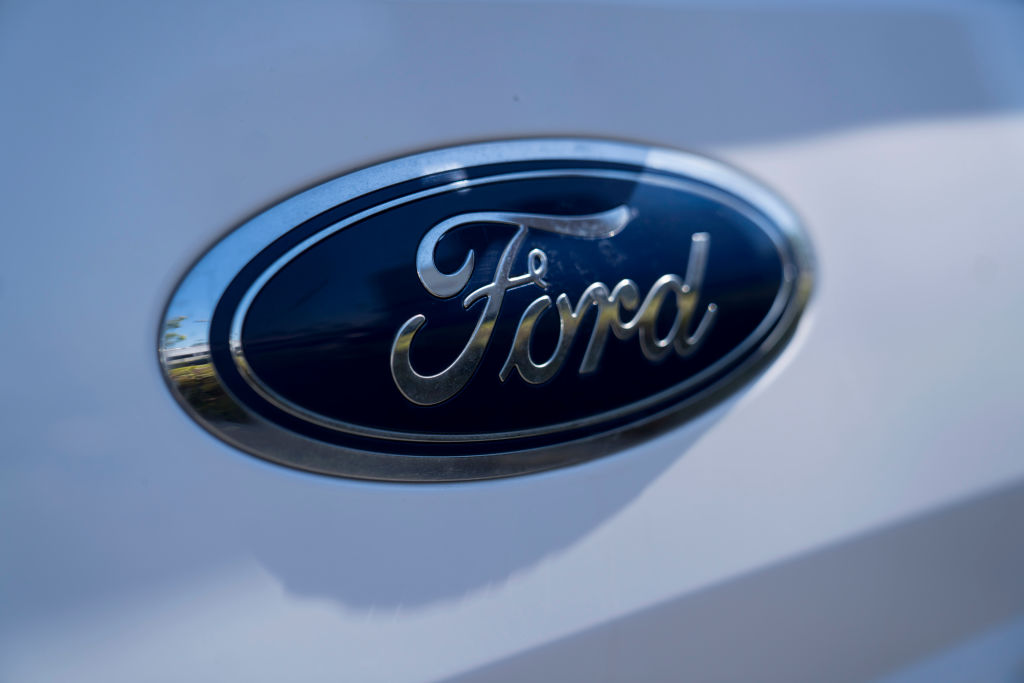Will the Gas Engine Soon Be Obsolete?
As the popularity of electric vehicles grows, what will happen to the gas engine?


As the popularity of electric vehicles grows, will the gas engine become an endangered species?
The short answer is no, or at least not in the next couple of decades. There are just too many gas-engine cars on the road, with after-market suppliers and local garages supporting the repair of internal combustion engines.
Even so, your next new car could be an EV. You may be wondering, is now the time to buy an electric vehicle? Fiat Chrysler gave motorheads a stir in mid August when it announced that it will shut down production of its gas-powered Dodge Charger and Challenger at the end of 2023—and hopes to produce its electric muscle car, the Dodge Charger Daytona SRT Concept. General Motors announced last year that it plans to offer a fully electric fleet by 2035. And Ford, the last of the Big Three automakers, has pledged that 40% of its global sales will be EVs by 2030.
From just $107.88 $24.99 for Kiplinger Personal Finance
Become a smarter, better informed investor. Subscribe from just $107.88 $24.99, plus get up to 4 Special Issues

Sign up for Kiplinger’s Free Newsletters
Profit and prosper with the best of expert advice on investing, taxes, retirement, personal finance and more - straight to your e-mail.
Profit and prosper with the best of expert advice - straight to your e-mail.
Recent regulation out of California is also spelling impending doom of the IC engine. The California Air Resources Board approved a plan to reduce air pollution by requiring 100% of new cars sold in 2035 to be zero-emissions vehicles, including plug-in hybrids. The regulation will take effect in phases, so starting in 2026, for example, only 35% of new vehicles must be considered zero-emission, with this percentage increasing to 68% by 2030 and 100% by 2035. However, the key language in the CARB regulation is the phrase “including plug-in hybrids,” meaning the IC engine still has road to run.
A plug-in hybrid has a battery and an electric motor, but it also has an internal combustion drivetrain. Once you drive past the vehicle’s electric range of, say, 30 miles, the gas engine kicks in. So even in California—and a number of other states that are likely to adopt its emission rules—you could buy a brand-new car that has an internal combustion engine in it in 2036.
Karl Brauer, executive analyst at iSeeCars.com, also cites the limits on precious metals needed for batteries. “There simply isn’t enough lithium out there, which suggests we are going to run out. It’s the same conversation of oil being a finite resource,” he says. But a battery breakthrough is possible. The World Economic Forum says EV-battery recycling could help cover the lithium demand, as could better extracting methods. Scientists are also working on alternatives such as sodium-ion batteries.
Profit and prosper with the best of Kiplinger's advice on investing, taxes, retirement, personal finance and much more. Delivered daily. Enter your email in the box and click Sign Me Up.

Rivan joined Kiplinger on Leap Day 2016 as a reporter for Kiplinger's Personal Finance magazine. A Michigan native, she graduated from the University of Michigan in 2014 and from there freelanced as a local copy editor and proofreader, and served as a research assistant to a local Detroit journalist. Her work has been featured in the Ann Arbor Observer and Sage Business Researcher. She is currently assistant editor, personal finance at The Washington Post.
-
 Visa Stamps the Dow's 398-Point Slide: Stock Market Today
Visa Stamps the Dow's 398-Point Slide: Stock Market TodayIt's as clear as ever that President Donald Trump and his administration can't (or won't) keep their hands off financial markets.
-
 State Tax Changes 2026: Is Your State Cutting Taxes This Year?
State Tax Changes 2026: Is Your State Cutting Taxes This Year?Tax Changes As a new year begins, taxpayers across the country are navigating a new round of state tax changes.
-
 Who Said That? Match the US President to the Quotation
Who Said That? Match the US President to the QuotationWho better to give advice on aging, retirement and finances than a U.S. president? Our short quiz will determine whether you're a history buff or buffoon.
-
 How Much Will Car Prices Go Up With Tariffs?
How Much Will Car Prices Go Up With Tariffs?Tariffs could drive car prices up even higher, for new and used cars, as well as for American brands.
-
 Ford Recalls 45,000 Cars Over Faulty Door Latches
Ford Recalls 45,000 Cars Over Faulty Door LatchesThe Ford recall follows its 2020 recall for the same issue. Here's what to know.
-
 UAW, Ford Reach Tentative Deal As GM, Stellantis Strike Continues
UAW, Ford Reach Tentative Deal As GM, Stellantis Strike ContinuesUAW and Ford's proposed agreement must be approved by union membership but workers can return to before that.
-
 Ford and Honda Recall Nearly 2 Million Vehicles. Is Yours Affected?
Ford and Honda Recall Nearly 2 Million Vehicles. Is Yours Affected?Ford and Honda have recalled models including the popular F-150, CR-V and Accord for issues with brakes, wipers and more.
-
 Top 10 Electric Cars in the US — Most Popular EVs
Top 10 Electric Cars in the US — Most Popular EVsElectric car sales continue to climb. We list the top-selling EVs in the U.S. Who knows, you might be driving one in years to come.
-
 Electric Vehicles Take Charge in 2022
Electric Vehicles Take Charge in 2022Buying & Leasing a Car A range of new battery electric vehicles is coming for Tesla. And then there’s the electric Ford F-150, a landmark debut.
-
 Car Buying for Beginners
Car Buying for BeginnersBuying & Leasing a Car Haggle over the price of the car and the terms of the loan to keep your monthly payments in check.
-
 Complain and Get Results
Complain and Get ResultsSmart Buying Use these tried-and-true strategies to get companies to listen to you.